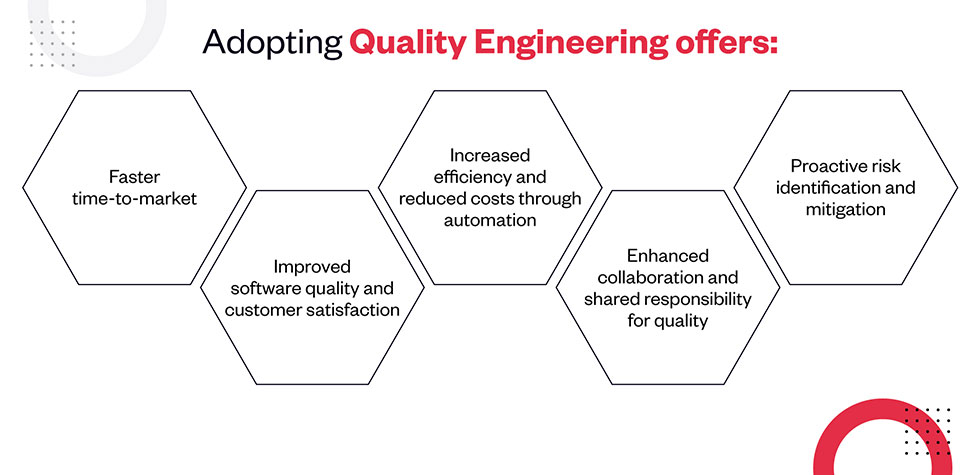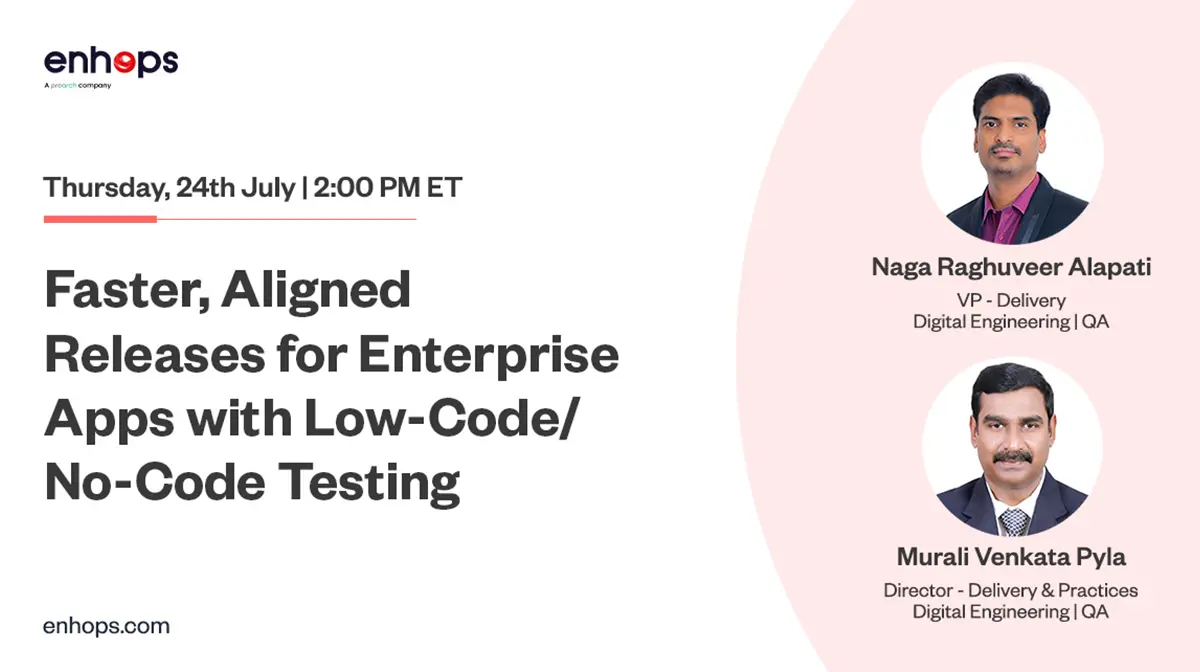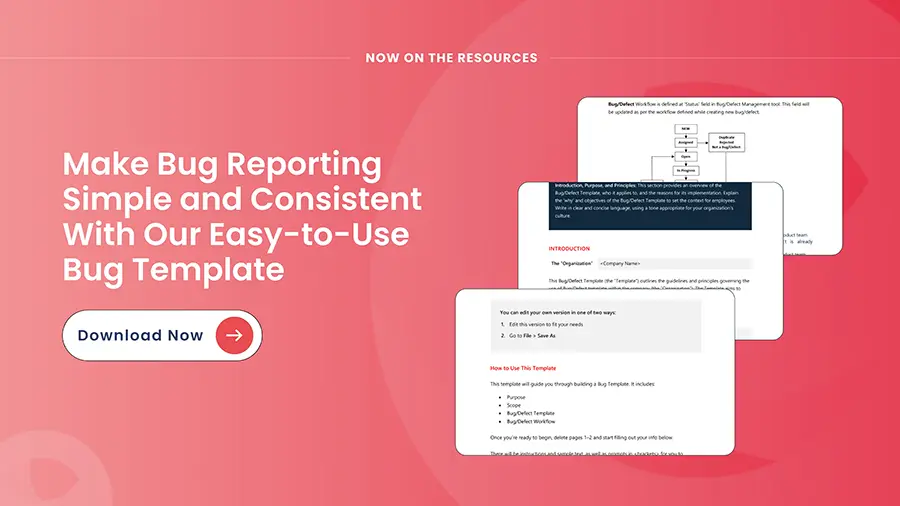Quick answer:
Quality engineering (QE) must be treated as a strategic function—not a final step—because today’s fast-paced development cycles, cloud-native architectures, and AI-driven expectations demand quality built from the start.
What Exactly Is Quality Engineering (QE) and Why Does It Matter?
Quality engineering is far more than traditional testing. It’s the practice of embedding quality mindset, tools, automation, performance, security and business alignment across the software development lifecycle (SDLC).
In today’s environment:
- Deployments happen daily or hourly; bugs that are found late become costly.
- Manual testing and isolated QA teams are too slow.
- Business and IT need to collaborate tightly—quality isn’t just a checkbox.
When QE is treated as a strategic enabler, you get higher software excellence, faster releases, fewer failures and better business outcomes.
Keep reading to understand how organizations can embed Quality Engineering in Software Development Lifecycle (SDLC) and why it’s a strategic initiative.
Why Quality Engineering is Critical Today
Traditional testing methods are no match for today’s fast software releases. Bugs spiral into prolonged testing cycles, manual efforts prove futile, and fragmented teams undermine business-IT synergy. The answer? Establish Quality Engineering as a dedicated function to ensure quality is embedded from the beginning.
QE teams need to work together with developers, operations, and business stakeholders from day zero, baking in quality through architecture design, analyzing requirements, and adopting automation.
The continuous testing market size is expected to see rapid growth in the next few years. It will grow to $5.90 billion in 2028 at a compound annual growth rate (CAGR) of 17.9%.
The growth in continuous testing has heightened emphasis on integrating quality engineering across the development lifecycle.
Quality-first SDLC is already in action. Find out how we can help.
What Does a “Quality-First” Mindset Look Like?
When we look closer, Quality Engineering is a strategic enabler that drives software excellence by prioritizing quality. Involving Quality Engineering teams (who were previously called gatekeepers) from the beginning requires quality-first mindset, improving automation posture, and adopting best practices around building high-quality digital products.
As QE teams transition from a previously siloed function to a core enabler of tangible business outcomes, the whole organization must navigate the cultural shift. This involves keeping quality paramount, investing time in making developers understand the importance of testing, enabling testers with the right voice and platform, and making quality a shared responsibility.
How to embed to Quality Engineering in SDLC
QE embraces Quality by Design, DevOps, continuous integration/continuous delivery (CI/CD), and QaOps (Quality as Operations), and test automation principles. This allows for continuous assessment and maintenance of quality, ensuring seamless integration with DevOps practices and streamlining quality processes.
With the rise of cloud-native architectures, QE teams are adapting cloud-native testing methodologies, including testing containerized applications, microservices, and serverless functions. This ensures quality in distributed and dynamic cloud environments, where applications are decoupled and highly scalable.
To unlock the potential of Quality Engineering, businesses must go beyond adopting cloud, agile and DevOps practices. A comprehensive set of technical strategies is important to enable QE teams to drive quality across the entire software development lifecycle (SDLC).
Here roadmap to embed QE systematically –
1. Adopt a Test Maturity Models: Adopting frameworks like TMMi (Test Maturity Model integration), and TMap (Test Management Approach) provides a structured roadmap to systematically improve QE&A processes. These models define specific process areas, roles, and responsibilities to master at each maturity level.
2. Shift-Left vs Shift-Right Testing: Shift-left utilizes Behavior Driven Development (BDD), Test Driven Development (TDD), and unit/integration testing within agile sprints. Shift-right leverages production telemetry, chaos engineering, canary releases, and automated feedback loops for continuous monitoring, validation, and improvement of live systems.
3. Continuous Testing in CI/CD: Continuous tests are integrated into CI/CD pipelines, creating the bridge among functional, non-functional, security, compatibility, and data testing aspects. Test automation enables continuous testing by automating tests before each sprint/release.
4. Performance and Security Engineering by Design: QE teams apply integrated performance and security engineering practices across the software development lifecycle to validate critical non-functional requirements around efficiency, scalability, security, and compliance.
5. Pair Testing in Agile: Pair testing aligns with agile principles by fostering collaboration during testing. Two team members work together, one testing and the other reviewing, enabling knowledge sharing and real-time feedback. This approach promotes cross-functional collaboration, ensuring quality is ingrained from the initial SDLC stages.
6. Production Testing: It validates software in live production environments using techniques like canary releases and feature flags. Running tests with real-world data, dependencies, and edge cases enables comprehensive integration, performance, and user experience testing. Production Testing aligns with shift-right testing, extending quality assurance beyond development and testing phases.
7. Smart Testing with AI/ML:Use predictive analytics, defect pattern recognition, risk hotspot identification and test-optimization techniques powered by AI/ML. This supports smarter, faster testing for complex, modern systems.

Why Quality Engineering is a boardroom discussion
Quality Engineering is not just restricted to development and testing teams. As it continues to improve customer experience, enhance security measures, implement compliance, and help engineering teams release faster products, it is a boardroom discussion for businesses. It requires complete executive buy-in, top-down sponsorship, and investments to minimize risks and optimize costs for an organization. Organizations can create a roadmap for improving their quality engineering by collaborating across various functions including finance, legal, marketing, customer service, and more.
Read the whole story of How to take Software Quality Assurance talks to your boardroom discussion here.
How Enhops Can help?
Enhops has been a leading provider of quality engineering and software testing services, catering to a diverse range of clients across multiple industries. Our QE consultation services are tailored to address the unique needs of each client, providing guidance on best practices, test strategy development, and test process optimization. With a deep understanding of various technologies, including emerging ones, we work closely with clients to identify potential risks and vulnerabilities, ensuring their products and systems meet the highest quality standards. To explore, how we can help you in improving your quality assurance/quality engineering and software testing programs, contact us at marketing@enhops.com




